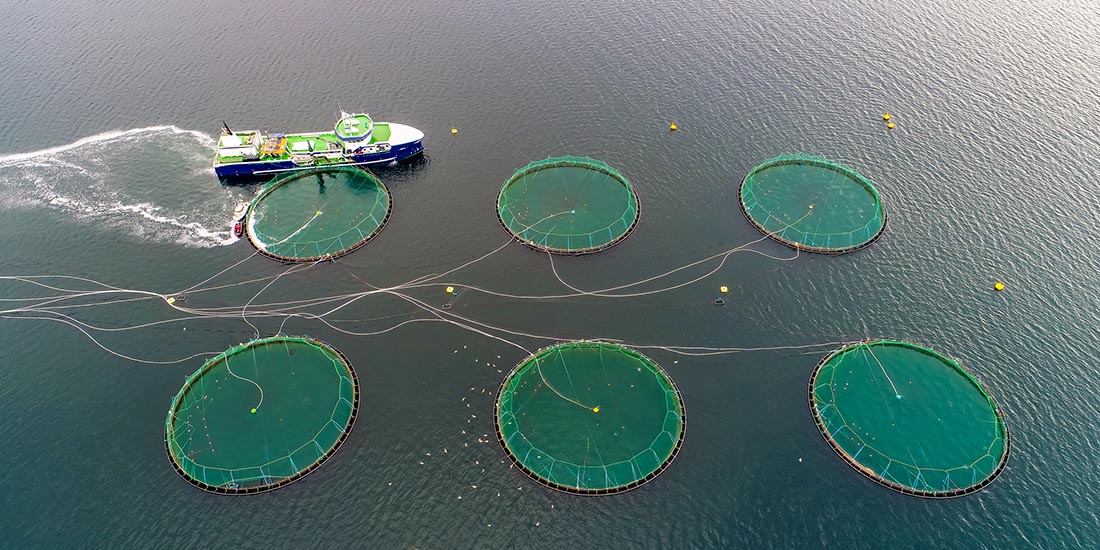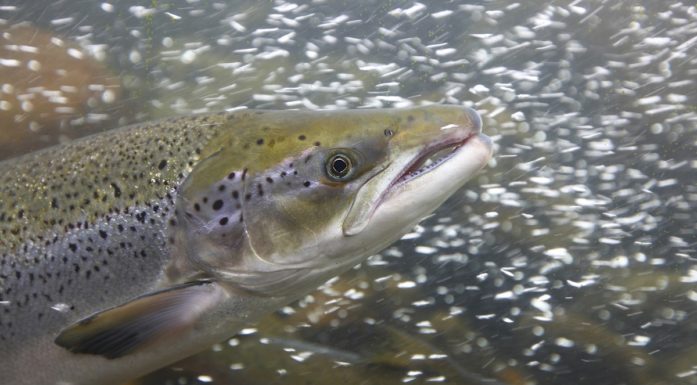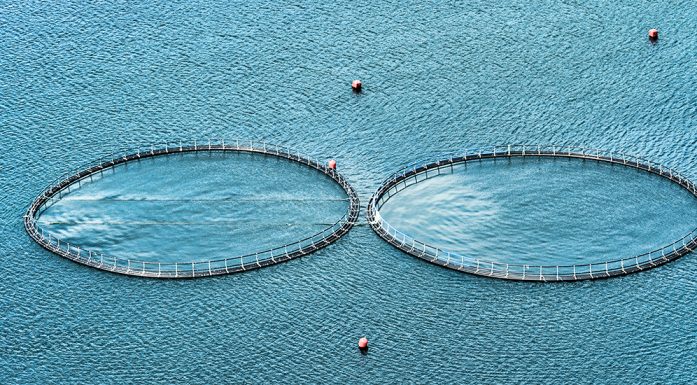The stag hunt – and why a circular economy is so difficult
The will is there. The technology is too. So why is only 2.4 per cent of the Norwegian economy circular?
We know we use far more resources per year today than the Earth manages to regenerate. And the warnings of the long-term negative consequences this will have are becoming increasingly clear – not only for the environment, but also for the economy and for social structures.
One possible solution is to transition to a circular economy where resources are used over and over again instead of wasted, and where the energy used is renewable.
It is estimated that this would not only be beneficial for the environment and resources, but that it could help create 700 000 new jobs in the EU area alone and save the business community 600 billion euros. This would be a win-win situation.
However, we are still far from that goal. In some areas, we are actually headed in the wrong direction. A recent report from Circular Norway estimates that the share of the Norwegian economy that is currently circular is a staggeringly low 2.4 per cent, and that the world as a whole fell from 9.1 per cent in 2018 to 8.6 per cent in 2020 (Circle Economy ).
Why are we seeing this lack of development when the potential gains are so great? To answer that question, we’re going stag hunting!
- You might also like: Your sewage is valuable muck
Game theory as an example
Game theory is often used to understand and explain why different actors behave as they do and can be especially useful when the actors seem to act irrationally.
A classic example is the Stag Hunt game. The situation is as follows: two people agree to go stag hunting together. If both follow through with what they’ve agreed upon, they will be able to kill a stag which they then share. If, on the other hand, one of them breaks the agreement and instead chases a hare that passes by, he or she will kill a hare while the stag escapes.
We thus see that individuals who break out and invest in hunting on their own, are guaranteed dividends no matter what the other person does. The question then becomes whether the hunting partners trust each other. After all, it’s better to get a hare than not to get anything if the other person chose to go hare hunting.
- You might also like: Lithium can now be recycled
Lack of coordination
We note a similar situation in the lack of transition to a circular economy. The various actors are not coordinated and do not trust each other sufficiently.
We see an example of this in a company whose business idea is to help recirculate the waste from fish farming. Aquaculture has traditionally had a linear value chain where, in addition to supplying fish to the market, the industry is also one of the largest sources of plastic and organic waste in the country.
The company in question has succeeded in developing a business model for their organic waste. The company has taken on the role of intermediary between fish farming companies and those who can utilize what was initially waste.
They specialize in collecting, securing and documenting the quality of biological waste. They can thus maximize the value by obtaining waste of good enough quality to use for high-quality protein production and fish oil, while other parts go to biogas or other energy production.
- You might also like: Trashing the ocean
Headed in the same direction
Everyone in this example played as a team. The fish farming companies wanted to unload the waste, and for various recipients this was a valuable raw material as long as the quality could be documented. Everyone moved in the same direction and they were all winners. No one fell for the temptation to go hare hunting on their own.
Clear government requirements were important factors for the successful teamwork, both in terms of handling the biological waste and the clear quality requirements for it to go to high-quality production. We should also mention that the company we studied was the only one that had to make large investments. The other companies only needed to make small changes. Almost all the risk lay with one company, and so the need for coordination was limited.
The company also attempted a similar strategy for dealing with plastic waste. Plastic from the fish farms was to be collected, ground up and delivered to companies that could receive this plastic mass. The initiative was dead on arrival. The fish farming companies did not want to pay any extra costs above the existing handling fees, which often meant the waste went to the local landfill. And those who were to receive the waste didn’t take a chance on investing in a new production line since there was great uncertainty as to whether the waste would actually be collected and shipped to them.
Instead of teaming up to stag hunt, they chose the safe solution of hunting hares separately. There was no interaction and a possible new value chain for plastic waste remains just another good idea. The resources continue to disappear from circulation.
What can we learn from these examples?
We need to recognize that we have a coordination challenge in bringing about a successful transition to a circular economy. It’s not enough for everyone to see that it’s a good and profitable idea. The various players need to trust that the others are part of the hunting team and that they will show up at the agreed time and make the necessary investments.
This commitment is demanding since simultaneously the collection solutions for plastic need to be in place, and further processing also has to already be established. If the hunting team shows up at different times, the plan falls apart.
In some cases, the commitment can be ensured by one company taking on the leadership role. Another possibility is clear government requirements. An order to recycle the plastic waste would in all probability also help the second initiative to succeed. Without implementing such conditions, however, the probability is high that the companies would choose “business as usual.” We then miss the enormous potential that lies in the circular economy.
We know that the ideas for circular solutions are there, and the technological solutions exist. To a large extent, the will of the various actors is there, too. When the bottom line is that only 2.4 per cent of the economy is circular, a major reason is the lack of coordination. This is where the various industries and authorities need to sit down together and find the solutions.
The article above was originally published in Norwegian, in the regional newspaper Adressavisen. It is based on a study where game theory is used to understand the challenges companies face in transitioning to a circular economy, due to be published soon:
Aspelund, A, M.F. Olsen & O. Michelsen (2021). “Simultanous Adoption of Circular Innovations – A challenge for rapid growth of the circular economy.” In Jakobsen, S., Lauvås, T., Quatraro, F., Rasmussen, E., & Steinmo M. (Eds), Research Handbook on Innovation for a Circular Economy. Forthcoming, Edward Elgar Publishing.





